Home > Climate News >

Climate Change: Atmospheric Carbon Dioxide
“In fact, the last time the atmospheric CO2 amounts were this high was more than 3 million years ago, when temperature was 2°–3°C (3.6°–5.4°F) higher than during the pre-industrial era, and sea level was 15–25 meters (50–80 feet) higher than today.
Carbon dioxide concentrations are rising mostly because of the fossil fuels that people are burning for energy. Fossil fuels like coal and oil contain carbon that plants pulled out of the atmosphere through photosynthesis over the span of many millions of years; we are returning that carbon to the atmosphere in just a few hundred years…”
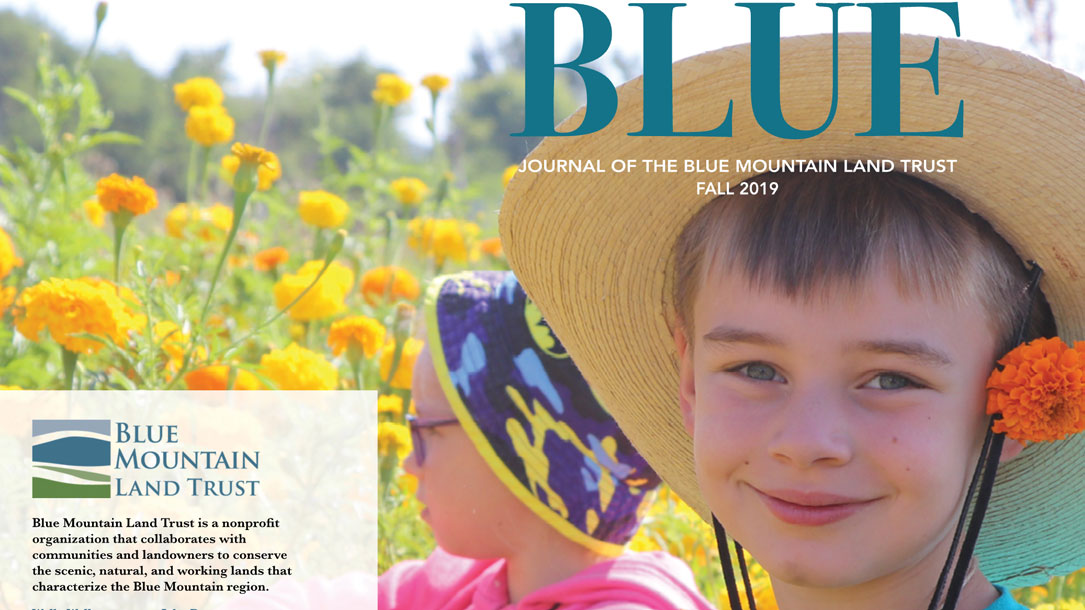
Featuring regenerative agriculture and climate change in their newsletter
Blue Mountain Land Trust, WA
Agriculture can be an important part of the climate solution and land trusts can help their communities understand that. The Blue Mountain Land Trust provided information about how that is the case, stating on their website:
“In our last issue, we reprinted Drawdown’s chapter on conservation agriculture. In this issue, we’re reprinting its chapter on regenerative agriculture. Other Drawdown chapters will be reprinted in future issues.
Thank you to Paul Hawken and his associates at Project Drawdown for permission to reprint these chapters.
If you’d like to learn more about regenerative agriculture and the role it plays in carbon sequestration, here’s a recommended reading list:
The Soil Will Save Us, Kristin Ohlson
Cows Save the Planet, Judith D. Schwartz
The Grazing Revolution: A Radical Pan to Save the Earth, Allan Savory
Restoration Agriculture, Mark Shephard
Grass, Soil and Hope: A Journey through Carbon Country, Courtney White
Growing a Revolution: Bringing our Soil Back to Life, David R. Montgomery
Dirt to Soil: One Family’s Journey into Regenerative Agriculture, Gabe Brown

Climate change informational talks for all ages
Joshua’s Trust and the Connecticut Museum of Natural History co-sponsored an informational session given by Dr. Anji Seth. Temperatures of 70-degrees on Jan. 12 felt wonderful, but left many wondering if extremes in temperature are the new normal.
“We are doing these three sessions because many are concerned and want to know what they can do locally. We want to ameliorate our climate anxiety,” Nancy Silander, JT trustee, said…

Office upgrades: Going solar
Historic 1 Main Street, built in 1835, has received its most recent modernization this fall with the addition of solar panels to provide clean electricity.
Building owners Meg and Billy Lloyd partnered with Genesee Valley Conservancy to install the photovoltaic system that will offset 100% of the land trust’s electric use. They acknowledge that “while the land trust works to protect habitat, open space, and farmland in the Genesee Valley, a large supply of power is needed to run the operations of this work: computers, printers, lights, modems, etc.”
The up-front costs were shared by the building owners and the Conservancy, as both will benefit from the project. The Conservancy will see an immediate reduction in monthly utility bills and after six years will break even on the initial investment and begin seeing a net-savings.

Climate change in our community: Impacts and response
In January, Freeport Conservation Trust partnered with a local arts group, Freeport Arts & Cultural Alliance, and local contributors, for a presentation of writing and art from the book A Dangerous New World: Maine Voices on the Climate Crisis. They then came together to discuss how people felt climate change is impacting them and what they can do about it. Partnering like this, with people who are local, can be very powerful.
Last year, they hosted a conversation at their annual meeting about how the impacts of climate change are being felt locally. They stated on their website:
“Casco Bay is warmer, the sea level is rising, and annual precipitation and extreme weather events have increased. It is critical that our community understands the impacts of climate change and takes steps to respond.”
Check out the presentation and how they related it to what people know and care about.
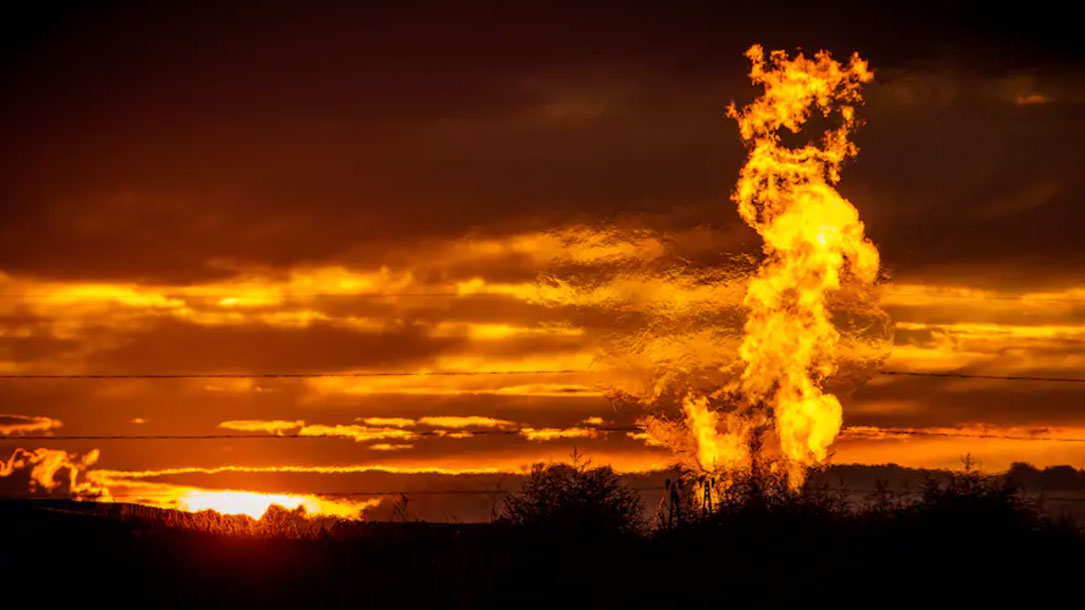
Methane is a hard-hitting greenhouse gas. Now scientists say we’ve dramatically underestimated how much we’re emitting
“Scientists and governments alike have been greatly underestimating emissions of the powerful greenhouse gas methane from oil and gas operations, according to new research published Wednesday, suggesting both a threat and also an opportunity to curb leaks of the hard-hitting molecule.
The contention emerges in a new study in the influential journal Nature, which draws on samples of ancient air extracted from within the Greenland ice sheet to measure levels of atmospheric methane before humans started burning fossil fuels…”
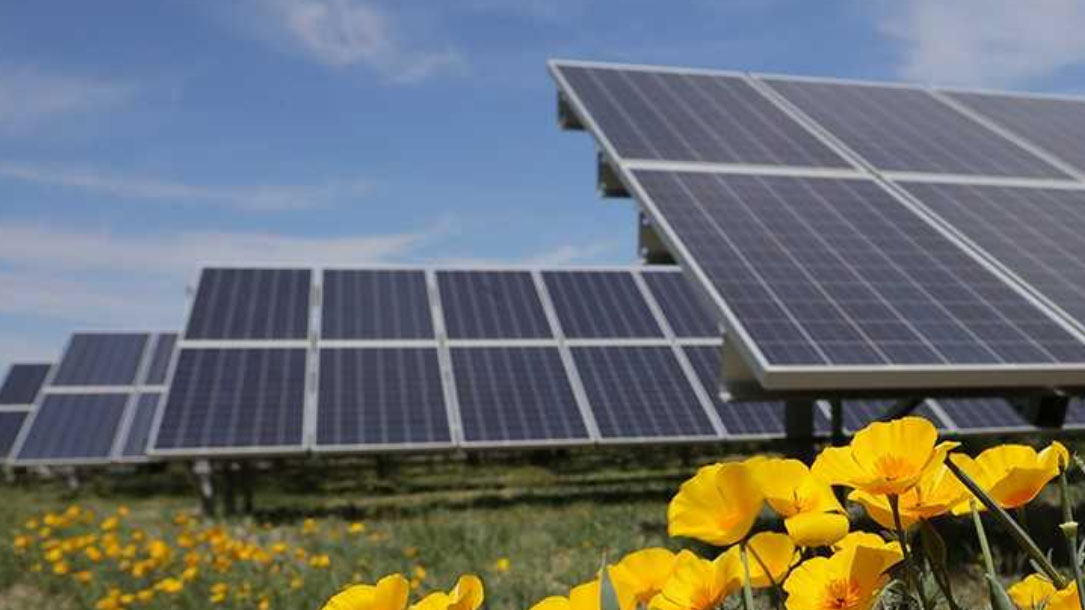
Tucson Electric Power Series
Tucson Electric Power (TEP) provides safe, reliable and increasingly sustainable electric service to approximately 425,000 customers in Southern Arizona. The company is on track to surpass its own ambitious renewable energy goals by expanding use of wind and solar power. TEP is a local leader in community service, volunteerism and economic development efforts, with energy efficiency programs that help customers to better manage their energy costs. It is with great pride that we spotlight TEP programs and services.
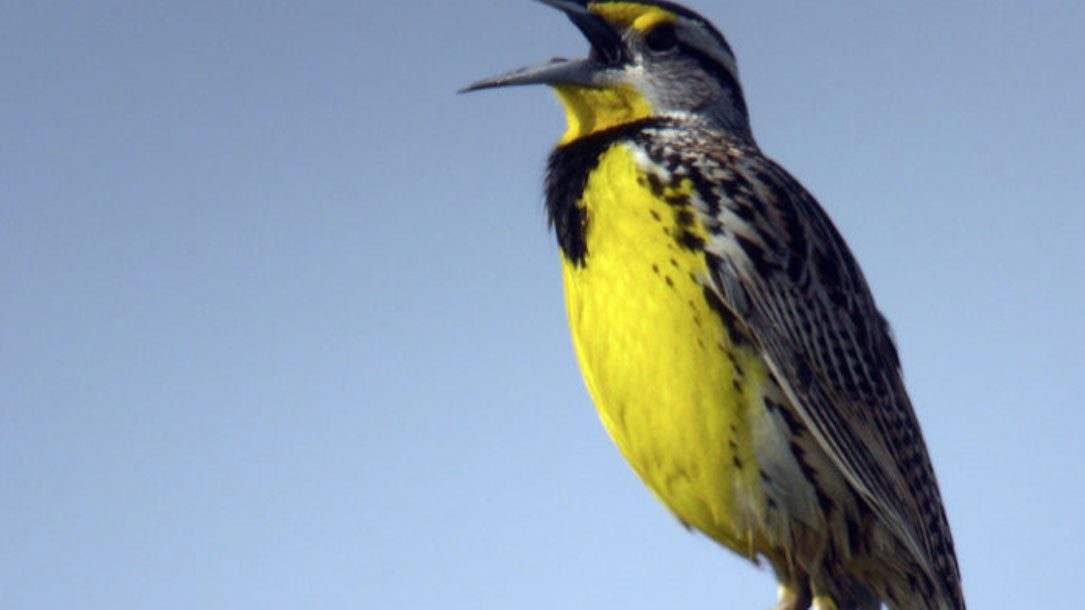
The mystery of why 2.9 billion birds have disappeared from the US in 50 years
“The news dropped like a bombshell. Over the past 50 years, 2.9 billion birds have disappeared from North America. One out of every four birds is gone. A team of international scientists under the auspices of the Cornell Lab of Ornithology analyzed the data and released their findings this summer. What on earth happened?
It’s complicated. The simplest answer is that humans just take up a lot of room. Fifty years ago, the U.S. population barely topped 200,000,000. Nowadays, there are more than 329,000,000 of us…”

Farms and Land in Farms 2018 Summary (April 2019)
“The number of farms in the United States for 2018 is estimated at 2,029,200, down 12,800 farms from 2017. Total land in farms, at 899,500,000 acres, decreased 870,000 acres from 2017. The average farm size for 2018 is 443 acres, up 2 acres from the previous year.
Farm numbers and land in farms are differentiated by six economic sales classes. Farms and ranches are classified into these six sales classes by summing the sales of agricultural products and government program payments. Sales class breaks occur at $10,000, $100,000, $250,000, $500,000, and $1,000,000. Producers were asked during the 2018 mid-year surveys to report the value of sales based on production during the 2017 calendar year…”
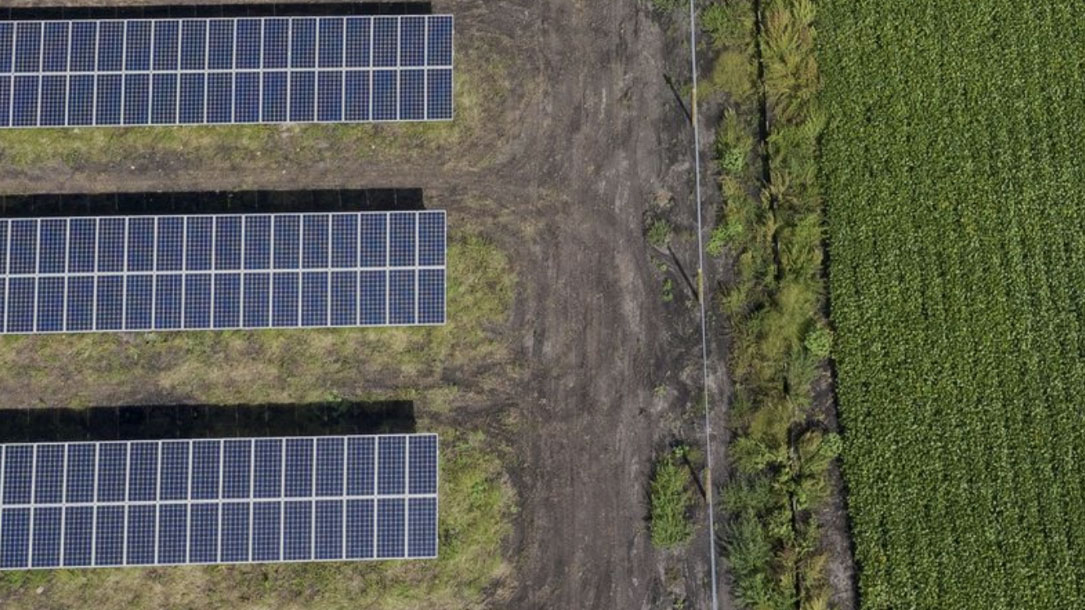
Struggling Farmers See Bright Spot in Solar
“U.S. farmers are embracing an alternative means of turning sunlight into revenue during a sharp downturn in crop prices: solar power.
Solar panels are being installed across the Farm Belt for personal and external use on land where growers are struggling to make ends meet. The tit-for-tat tariffs applied by the U.S. and China to each other’s goods have cut demand for American crops. Futures prices for corn, soybeans and wheat are all trading around their lowest levels since 2010. Making matters worse, record spring rainfall…”












